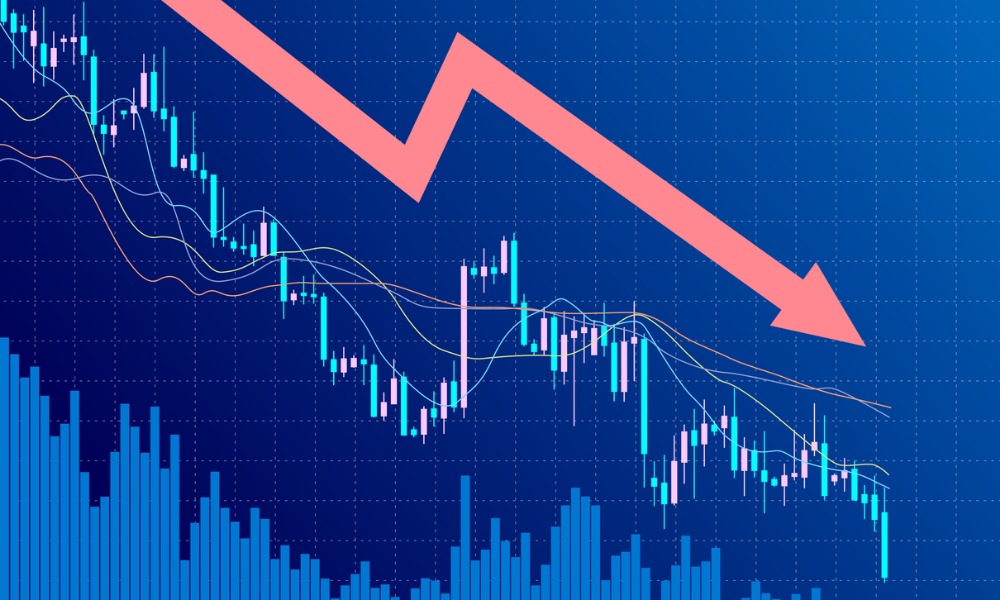Charitable donations decline as fewer Canadians donate, despite shifts towards mid-sized contributions

In 2022, Canada saw a slight decline in charitable giving, with just under 5 million tax filers, or 17.1 percent of all tax filers, declaring charitable donations, marking a 0.3 percent decrease from the previous year.
This occurred despite a 3.0 percent year-over-year increase in tax filers, as reported by Statistics Canada. The total amount donated also experienced a downturn, falling 3.1 percent to $11.4bn, the first decrease since 2016.
This followed a significant increase of 11.5 percent in the prior year, the most significant rise since 2005. Despite the overall reduction in the number of donors and the total donations, there was a notable shift in the types of donations made.
There was a 5.6 percent increase in median donations to $380 in 2022, with a decline in donations of $499 or less by 1.6 percent and an increase in donations between $500 and $25,000 by 1.4 percent.
Conversely, the number of tax filers reporting donations of $100,000 or more dropped by 12.4 percent in 2022, after a significant increase of 33.6 percent in 2021, with the total amount donated by this group decreasing by 13.4 percent.
The composition of donors shifted notably in terms of income levels. In 2022, 6.2 percent of tax filers with an income below $40,000 reported making a charitable donation, compared with 39.2 percent of those earning $100,000 or more.
The median income of charitable donors was $71,240, significantly higher than the median income of all tax filers at $41,930.
Tax filers earning $100,000 or more, representing 13.0 percent of tax filers, accounted for the largest share of charitable giving in 2022, contributing 59.1 percent of total donations, an increase of 0.9 percentage points from the previous year.
However, the total value of donations from individuals earning between $200,000 and $499,999 decreased notably. Despite a 14.1 percent increase in donors from this income bracket, the average donation amount dropped by 23.1 percent from 2021 to 2022.
Canadians earning less than $40,000, who make up 48.8 percent of all tax filers and 17.5 percent of all donors, accounted for 7.4 percent of the total value of donations in 2022, a decrease from 8.7 percent in 2021.
The highest income groups, earning $1m or more annually, reported the highest median donation at $5,150, a decrease of 5.2 percent. In comparison, those earning between $500,000 and $999,999 saw a slight increase in their median donation to $1,930.
Age also played a significant role in charitable giving patterns. Seniors, those aged 65 or older, were more likely to make charitable donations, with 23.9 percent of tax filers in this age group reporting donations.
In contrast, only 4.8 percent of tax filers under 25 reported charitable donations. Seniors accounted for 34.2 percent of charitable donors in 2022 and contributed $48 for every $100 donated.
Gender differences in charitable giving were evident, with 18.1 percent of men reporting donations on their 2022 tax returns compared to 16.2 percent of women.
Despite this, the proportion of women reporting charitable donations increased from 42.0 percent in 1997 to 48.9 percent in 2022. Men claimed a median value of $410 on their 2022 tax returns, while women claimed $350.
Regional variations in charitable giving were significant, with British Columbia and Ontario leading the decrease in donations in 2022. The fastest growth in charitable giving occurred in the Northwest Territories, Alberta, and Quebec.
Manitoba remained the most charitable province, with a median donation of $590, representing 1.0 percent of total income.
Steinbach and Winkler in Manitoba were highlighted as Canada's most charitable urban centers, with the highest median donations. At the same time, Abbotsford-Mission in British Columbia maintained the highest median donation among cities with 100,000 or more tax filers for the 21st consecutive year.



